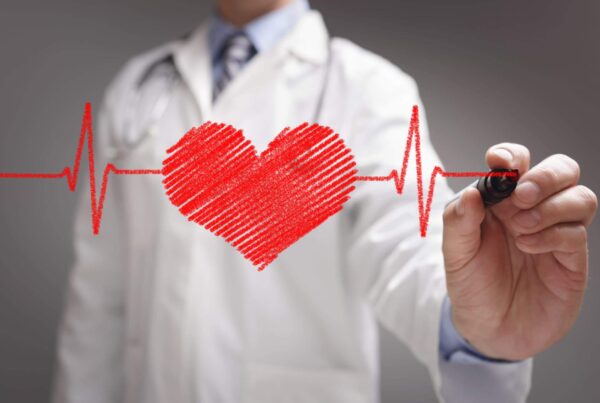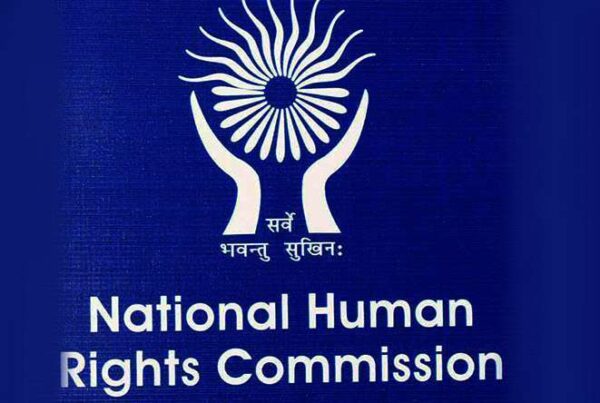Brain stroke, or cerebrovascular accident (CVA), is a critical medical condition characterized by the abrupt disruption of blood flow to the brain. This interruption can lead to severe brain damage, disability, or even death. With increasing awareness and advances in medical science, understanding the types, causes, symptoms, and treatment options for brain strokes is essential for prevention and timely intervention.
Types of Stroke
There are two primary types of strokes: ischemic and hemorrhagic.
- Ischemic Stroke: This type accounts for approximately 87% of all strokes and occurs when blood vessels supplying blood to the brain become blocked. The blockage can result from a clot that forms in a narrowed artery (thrombotic stroke) or one that travels from another part of the body (embolic stroke). The reduced blood flow deprives brain cells of oxygen and nutrients, leading to cell death.
- Hemorrhagic Stroke: This type occurs when a blood vessel in the brain ruptures, causing bleeding either within the brain (intracerebral hemorrhage) or in the surrounding areas (subarachnoid hemorrhage). The accumulation of blood puts pressure on the brain, which can damage brain tissues and disrupt normal functioning.
Causes and Risk Factors
Various factors contribute to the risk of stroke. Some are controllable, while others are not. Key risk factors include:
- Hypertension: High blood pressure is the leading cause of both ischemic and hemorrhagic strokes. It weakens blood vessels over time, increasing the likelihood of blockages and ruptures.
- Diabetes: This condition can lead to blood vessel damage and increase the risk of stroke.
- High Cholesterol: Elevated cholesterol levels can contribute to the formation of plaques in arteries, leading to blockages.
- Lifestyle Factors: Smoking, excessive alcohol consumption, lack of physical activity, and an unhealthy diet can significantly increase stroke risk.
- Genetic Predisposition: A family history of stroke can also heighten an individual’s risk.
Symptoms
Recognizing the symptoms of a stroke is vital for timely treatment. The acronym FAST can help identify stroke signs:
- Face Drooping: One side of the face may droop or feel numb.
- Arm Weakness: One arm may become weak or numb; ask the person to raise both arms.
- Speech Difficulty: Slurred speech or difficulty speaking may occur.
- Time to Call Emergency Services: If any of these symptoms are present, it is crucial to seek immediate medical assistance.
Other symptoms can include sudden confusion, vision problems, dizziness, and loss of coordination.
Treatment
Immediate medical intervention is critical for stroke patients. Treatment strategies depend on the type of stroke:
- For Ischemic Stroke: The primary treatment is the administration of clot-dissolving medications (thrombolytics) to restore blood flow, ideally within a few hours of symptom onset. Other treatments may include mechanical thrombectomy, a procedure that physically removes the clot.
- For Hemorrhagic Stroke: Treatment often involves controlling bleeding and reducing pressure in the brain. This may require surgery to repair blood vessels or remove blood that has accumulated.
Following acute treatment, rehabilitation is crucial for recovery. Physical, occupational, and speech therapy may be necessary to help patients regain lost functions and improve their quality of life.




